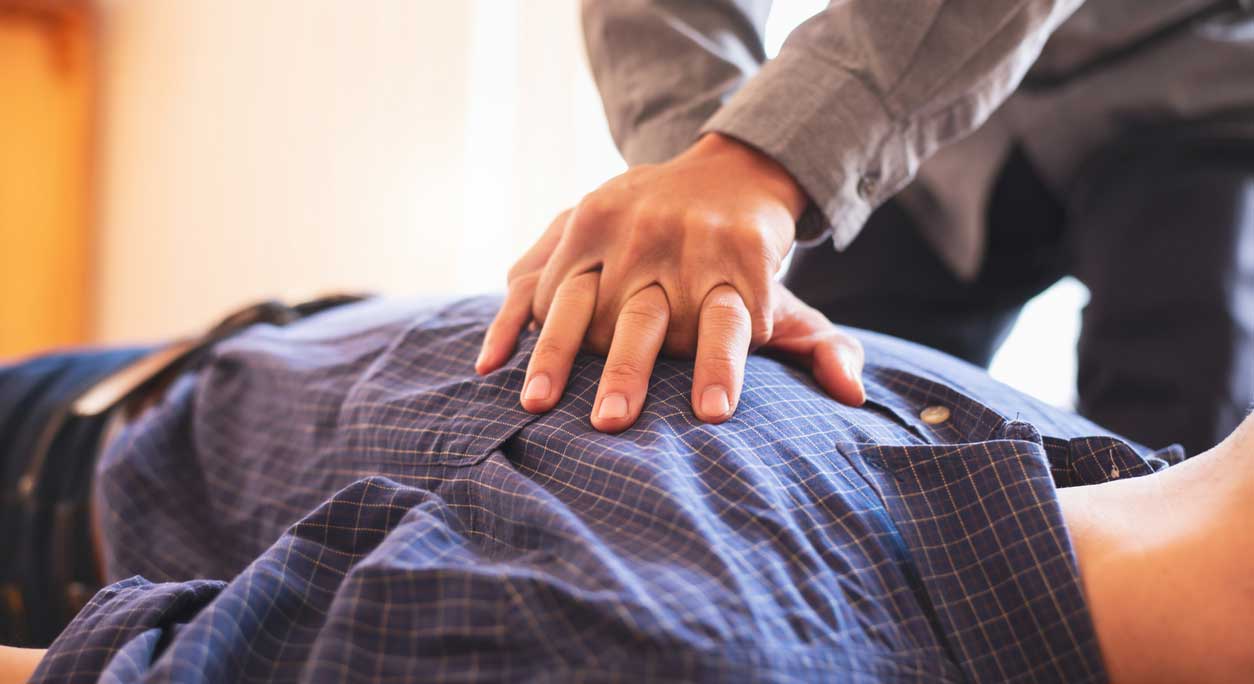-
- Find Care
-
- Visitor Information
- Find a Location
- Shuttles
- Visitor Policies
-
-
- Our Virtual Care Options
- Virtual Urgent Care
- Virtual Visits for Primary & Specialty Care
- Online Second Opinions
- Participate in Research
-
- Contact us
-
- For Innovators
- Commercialization Guide for Innovators
-
-
- Research News
- Alzheimer's Disease
- Artificial Intelligence
-
- Overview
-
- Overview
- Getting Started
- New to Mass General Brigham
- International Patient Services
- What Is Patient Gateway?
- Planning Your Visit
- Find a Doctor (opens link in new tab)
- Appointments
- Patient Resources
- Health & Wellness
- Flu, COVID-19, & RSV
- Billing & Insurance
- Financial Assistance
- Medicare and MassHealth ACOs
- Participate in Research
- Educational Resources
- Visitor Information
- Find a Location
- Shuttles
- Visitor Policies
- Find Care
-
- Overview
- Our Virtual Care Options
- Virtual Urgent Care
- Virtual Visits for Primary & Specialty Care
- Online Second Opinions
-
- Overview
- Participate in Research
-
- Overview
- About Innovation
- About
- Team
- News
- For Industry
- Venture Capital and Investments
- World Medical Innovation Forum (opens link in new tab)
- Featured Licensing Opportunities
- For Innovators
- Commercialization Guide for Innovators
- Contact us
-
- Overview
- Information for Researchers
- Compliance Office
- Research Cores
- Clinical Trials
- Advisory Services
- Featured Research
- Two Centuries of Breakthroughs
- Advances in Motion (opens link in new tab)
- Brigham on a Mission (opens link in new tab)
- Gene and Cell Therapy Institute
- Research News
- Alzheimer's Disease
- Artificial Intelligence
-
- Overview
-
- Overview
- Residency & fellowship programs
- Brigham and Women's Hospital
- Massachusetts General Hospital
- Mass Eye and Ear
- Newton-Wellesley Hospital
- Salem Hospital
- Integrated Mass General Brigham Programs
- Centers of Expertise
- Global & Community Health
- Health Policy & Management
- Healthcare Quality & Patient Safey
- Medical Education
- For trainees
- Prospective trainees
- Incoming trainees
- Current trainees
- Continuing Professional Development
How to Do CPR

CPR, or cardiopulmonary resuscitation, is an emergency procedure that can help save the life of someone suffering cardiac arrest, a state in which the heart has stopped beating. The heart may stop beating due to conditions including heart attack, very low blood pressure, poor oxygen exchange, and hypothermia.
“CPR can increase chances of survival for cardiac arrest victims outside a hospital by 2 to 3 times,” says Wendy Macias-Konstantopoulos, MD, MPH, MBA, a Mass General Brigham emergency medicine doctor. Dr. Macias-Konstantopoulos cares for patients at Massachusetts General Hospital. In this article, she explains how to perform this lifesaving technique.
What is CPR?
CPR is a lifesaving procedure that helps keep blood flowing through the body when the heart has stopped beating on its own. This allows essential organs to keep functioning and can prevent brain damage, which can begin within 4 minutes after someone stops breathing, due to loss of oxygen. Once the heart has stopped beating, CPR can buy time until trained medical staff or emergency personnel can intervene.
There are 2 types of CPR:
Hands-only CPR can be done by anyone and consists of performing quick and firm chest compressions.
CPR with breaths is a CPR technique performed by people who are specially trained in CPR. This type of CPR adds more oxygen to the body by combining breaths with chest compressions.
When to perform CPR
“CPR saves lives and can be a critical tool in providing emergency care wherever it’s needed. Anyone can become certified through classes offered locally,” says Dr. Macias-Konstantopoulos. But even performing hands-only CPR can buy someone experiencing a medical emergency valuable time until trained emergency personnel arrive.
CPR should be started immediately after calling 911. The sooner CPR is started, the better the survival chances. CPR should be performed when a person is:
Non-responsive
Not breathing
Doesn’t have a pulse
Unconscious after choking, suspected opioid overdose, or drowning
CPR instructions
If someone near you is unresponsive without a pulse and normal breathing, call 911 right away. Be ready to perform CPR if needed while you wait for medical personnel to arrive. “If you’re unsure of what to do, listen to the emergency dispatcher for directions,” Dr. Macias-Konstantopoulos recommends.
To perform CPR on adults, follow these steps:
Position the person on their back and tilt their head back.
If they don’t have a pulse, aren’t breathing, or are unresponsive, begin CPR.
Place one hand over the other and press down firmly in the middle of the chest with the heel of your hand.
Deliver 2 compressions per second, or 100 to 120 compressions per minute.
People with CPR training can give 2 rescue breaths every 15 to 20 seconds.
Continue giving CPR compressions until the person becomes responsive, or emergency responders arrive.
If an automated external defibrillator (AED) is available nearby, follow the instructions carefully and use as directed. AEDs are portable machines that deliver an electric shock to help re-start the heart. CPR should be continued after using an AED until emergency services arrive.
Infant CPR
To perform CPR on infants, follow these steps:
Use 2 fingers if you are the solo rescuer. If another trained person is available to give rescue breaths, use both thumbs.
Begin 2 compressions per second, or 100 to 120 per minute. Compressions should be shallower than for adults, with about a 1.5-inch compression depth.
If CPR trained, deliver 2 rescue breaths for every 30 chest compressions. If another trained person is available, continuous compressions without pause are recommended while the second rescuer delivers a breath every 6 seconds (or 10 breaths per minute).
CPR basics
Seeing someone experiencing a medical emergency like cardiac arrest can be frightening. However, by acting quickly, dialing 911, and starting CPR, you can help save someone’s life — even if you haven’t been formally trained.
